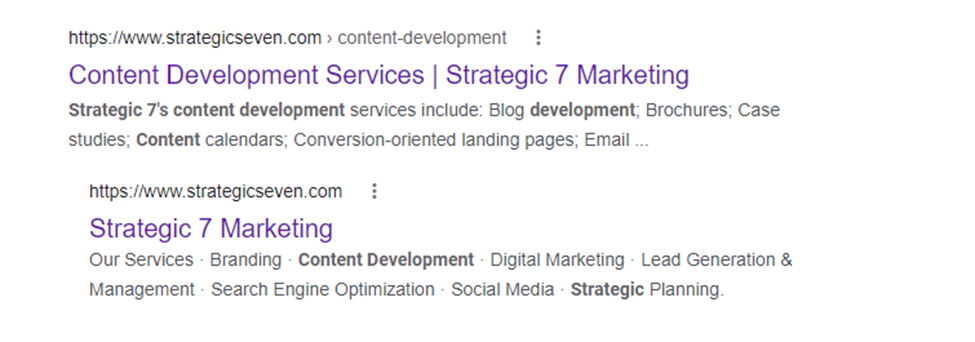
When do you dedicate time to step back and take a hard look at your website? There is no better time to revamp your website than right now. Spring cleaning means taking a deeper dive into the neglected corners and dusty surfaces of a website. While you could do this during any time of the year, spring comes after the holiday rush and typically sparks thoughts about growth for the next year.
Ready to revitalize your website? This quick checklist for spring will help prep your website to wow visitors this summer and boost website traffic. Don’t put these tasks off for another season!
Now is a great time to ensure all plugins and CMS updates have been completed and are up-to-date. Everyone tends to put off updates, so add them to your checklist for spring cleaning. You want to keep things updated to avoid technical issues that security threat updates are typically released to address.
How are your pages ranking on Google for relevant keywords? If you haven’t been watching your keyword stats, now is the time to check in and reassess your strategy. Do some fresh keyword research to see where you should place your efforts going forward.
Go page by page and read through your site content. You may find errors or areas where you could improve the readability . Taking a fresh look at your site messaging on a yearly basis helps avoid stagnancy. Your visitors are going to take only a few seconds to decide if the message on your page aligns with their needs or interests.
Don’t let your pages and articles be a dead end for your audience. Search engine bots are skimming pages to see what kind of links are available for navigation. So, including top links can help your SEO if they are in line with your content and relevant to your audience.
Every page should contain inbound links (links to other pages on your website) and relevant content. Linking to internal resources will help keep visitors on your site and will interlink your indexed pages for more traffic. Always include a relevant and appealing CTA (call to action) that links to a page or contact form on your site so your reader is prompted to take the next step.
Free Resource: The Beginner's Guide To Generating Inbound Leads
Link to authoritative sources or brand partners to help boost SEO for your blog content. Using only inbound links can make your content appear self-serving and interested only in keeping the customer on your content at all costs. Plus, sites linked will see the backlink and might share your content if their report, statistics or perspective is shared within the piece.
Make sure you are using the right rel values for outbound links to help your SEO. Rel attributes are little bits of html text that detail the relationship between the page a link is on and the page or document it is pointing to. Rel attributes can be used for links and also other elements of html like site navigation or forms.
Your page titles and meta descriptions will help your audience find your content through search. Titles should be enticing and provoke your audience to click on your content to read more. Meta descriptions are short blurbs that show up as a preview on search engine listings under the title. A meta description should use keywords and make the reader want to click for more.

A good title and meta description will be interesting while accurately reflecting the kind of content the reader is going to see on the page. Poorly crafted titles or meta descriptions will be overlooked in the search results and lead to less traffic for your website.
Don’t just view the page from one screen; use a laptop, desktop, Android and iPhone to see how the site looks at first glance on different screen sizes. What is above the fold? What images and headers are pulling your audience down the page and keeping them on your site? Make sure each page is making a solid first impression with responsive design.

You might have a lot of valuable content that is no longer relevant or accurate. Use this spring cleaning time to audit your content and find out what pieces need updating. Look for issues like:
When you find posts that need to be updated, make sure you add an “updated on” date in the article. While older pages tend to have more SEO clout, you want your audience to know the content they are looking at is fresh and relevant.
Do you have broken links, site speed issues, security gaps, large image issues, bloated code or other technical issues? Conduct a technical audit to catch problematic things on your website. Technical issues can lead to poor visitor experiences and SEO penalties.
Strategic 7 Marketing is an award-winning, full-service marketing and digital agency with decades of combined experience. Start your spring cleaning off right with a FREE website audit report. For more information on how we can help boost your company’s website visibility through website design and development, contact Bob Goricki at bgoricki@strategicseven.com.
These Stories on Website Design & Development
Have lingering questions after checking us out? We’re here to help! And don’t worry—we won’t go into sales-stalking mode. So please feel comfortable filling out the form below and take us up on our offer to help.
About Us
Our Work
Contact
Strategic 7 Marketing
6685 Beta Drive
Cleveland, OH 44143
440.772.0186